
ORFEO ED EURIDICE
Christoph Willibald Gluck
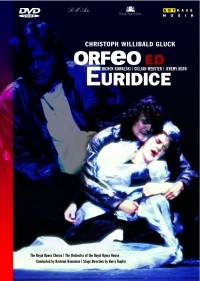


Christoph Willibald Gluck
ORFEO ED EURIDICE
1991
Soloists:
Jeremy Budd, Jochen Kowalski, Gillian Webster
Orchestra, Chorus:
Chorus and Orchestra of the Royal Opera House
Conductor:
Hartmut Haenchen
Director:
Harry Kupfer
Harry Kupfer's version of Gluck's Orfeo ed Euridice, originally conceived for the Berlin Komische Oper and now in the repertory of The Royal Opera, won the Olivier Award for ''Most Outstanding Achievement in Opera''. According to legend, Orpheus' magical power as a musician enabled him to regain his wife from the dead on condition that he did not look at her on the journey back from Hades - a condition it proved impossible to fulfil. In Harry Kupfer's updated version, Orfeo, in leather jacket, trainers and jeans, sees his Euridice die in a street accident. Succumbing to depression, he languishes in Hades - a psychiatric hospital - before taking his electric guitar to charm the beasts in an inner-city concrete jungle. Hans Schavernoch has designed an ingenious set with projected imagery on revolving screens and mirrors. The German male alto, Jochen Kowalski, gives a virtuoso performance as the tormented Orfeo, with the young British soprano Gillian Webster as Euridice.
Label:
Arthaus Musik
Genre:
Oper
Running Time:
83
Picture Format:
4:3
Sound Format:
PCM Stereo
Number of Discs:
1
Region:
0
Languages:
IT
Subtitle Languages:
IT, DE, FR, GB, ES, JP
EAN:
0807280041798
UPC:
807280041798

Wolfgang Rihm
Libretto by Wolfgang Rihm after Friedrich Hölderlin’s translation of Sophokles “Oedipus der Tyrann” and texts by Friedrich Nietzsche and Heiner Müller As one of the most versatile and best-known contemporary German composers, Wolfgang Rihm has always impressed and shocked with the powerful expressiveness of his music. And his(...)
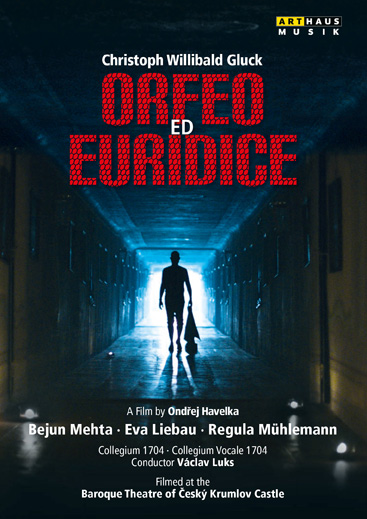
Christoph Willibald Gluck
The Baroque Theatre of Český Krumlov Castle provides an ideal setting for one of the most important operas in music history, Christoph Willibald Gluck’s “Orfeo ed Euridice”. Director Ondřej Havelka captures much more than a stage performance: combining period details with modern psychological interpretation he chooses a cinematic approach that(...)











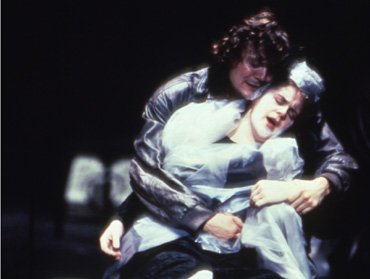
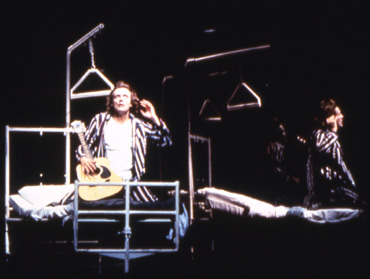

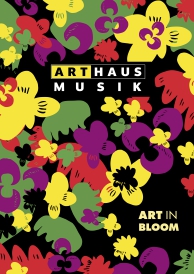 PDF Download (5,5 MB)
PDF Download (5,5 MB)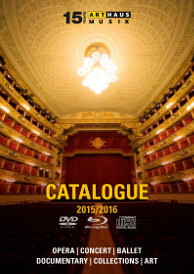 PDF Download (6,7 MB)
PDF Download (6,7 MB)